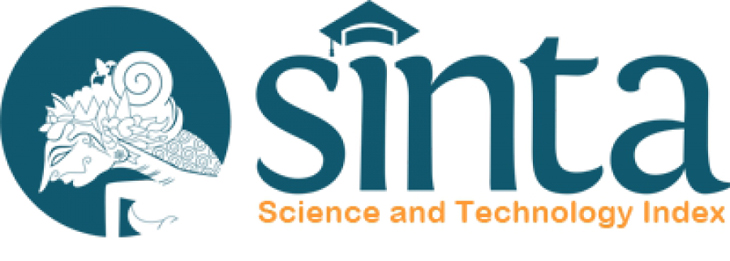Author Guidelines
As part of the submission process, authors are required to check their submission for compliance with all of the following items, and submissions that do not comply with these guidelines may be returned to authors.
- The article has not been published elsewhere or is under review by another journal.
- All references have been cited in the body of the article.
- There are more than 20 references with 75% of them published in the last 10 years.
- I am willing to be one of the reviewers.
- I will not submit this article to another journal until I receive a rejection letter from the editor.
- This article follows the journal template.
Author Guidelines
Papers are invited from anywhere in the world, and authors are asked to ensure that adequate context is provided for all readers to appreciate their contributions.
Types of papers
The types of papers that may be considered for submission are original research papers,
- Authors must use the MindCare Journal of Guidance Counseling and Psychology guidelines as a template.
- MindCare Journal of Guidance Counseling and Psychology accepts scientific articles with the following requirements: Original articles, written in good and correct English, in soft copy of 5500-7000 words, typed in Gulliver Roman 11, and single spaced.
- Are the results of scientific research, application of theory, discussion of current issues, or analytical and critical studies of guidance and counseling, psychological counseling, personal guidance, academic guidance, social guidance, career counseling, family counseling, spiritual counseling, and all aspects related to guidance and counseling.
- Never been published in any other publication.
- The title must be informative and concise with an abstract of 150-250 words and keywords.
- The article must be complete containing: title, author's name and institution, email, abstract with keywords, introduction, methods, results and discussion, conclusion, bibliography, and appendices if necessary.
- Citations must be included in the text except for citations that are longer than 5 lines. Citations should be single-spaced, indented 10 characters, centered without quotation marks.
- More detailed information about the writing style and referencing system is provided in the template.
- Authors should ensure that the manuscript has been professionally proofread to ensure that there are no grammatical problems.
Please note that any paper that does not meet our requirements will be returned to the author for revision. Only manuscripts submitted in the correct style will be considered by the Editor.
- abstract
The abstract is often presented separately from the article, so it must be able to stand alone. A well-prepared abstract allows readers to quickly and accurately identify the basic content of a document, to determine its relevance to their interests, and thus to decide whether to read the document in its entirety. The abstract should be informative and fully self-explanatory, providing a clear statement of the problem, the proposed approach or solution, and indicating the main findings and conclusions. The abstract should be 150 to 250 words long. References should be avoided, but if important, then cite the author and year. Standard nomenclature should be used, and non-standard or uncommon abbreviations should be avoided, but if important, they should be defined at the first mention in the abstract itself. No literature should be cited. The list of keywords provides an opportunity to add 5 to 7 keywords, used by indexing and abstracting services, in addition to those already in the title (10 pt).
- Introduction
This section discusses the background of the issue or problem and the urgency and rationale for the research. The research objectives and problem-solving plan are stated in this section. The literature review and development of relevant hypotheses (if any) are stated in this section. This section closes with the state of the art (specification of the research objectives and their differences from other studies). In essence, this section contains empirical facts, theoretical facts, researcher arguments and research objectives.
- Methods
This section includes the research approach, research object, scope, data collection instruments, place, data collection techniques, and analysis techniques.
- Findings and Discussion
This section presents the research results, discussion, and findings. The research results present the research data. The discussion section analyzes, compares, and contrasts data with other relevant research results. The findings section presents novelties in the form of generalizations, concepts, theories, formulations, principles, and postulates. The results of the discussion and research findings need to be reinforced with illustrations in the form of tables or images (graphs, diagrams, charts, photos, examples). The portion of the results and discussion section is at least 70% of the entire article.
- Conclusion
This section includes a brief summary of the research results and discussion, including research implications and suggestions. Maximum 7% of the entire article.
- Citations must be included in the text unless the quotation is longer than 5 lines. Citations must be typed with single spacing, 10 character indentation, center position without quotation marks.
- Use Reference Manager from Mendeley, Zotero, Endnote or other reference managers with APA Style Edition 7.
- More detailed information about the writing style and reference system is provided in the template.
- Authors must ensure that the manuscript has been professionally proofread to ensure there are no grammatical problems.
Please note that any paper that does not meet our requirements will be returned to the author for correction. Only manuscripts submitted with the correct style will be considered by the Editor.











